
How to Help Save the Bees Without Being a Beekeeper
October 28, 2016 1 Comment
Love bees, but not ready for the commitment of beekeeping? That’s ok!
There are many reasons why people (even pollinator-enthusiasts) may not be able to keep bees themselves: space, money, or being seriously allergic are all inhibiting factors for some folks.
We know others who have overcome all of these obstacles using a bit of creativity and know-how, but if it’s not for you, don’t force it. There are still plenty of ways you can help struggling bee populations without being (ahem, “bee-ing”) a beekeeper.
1. Plant a pollinator friendly garden.
Bees forage from a myriad of flowering plants for pollen and nectar sources, which they then bring back to their hive to eat, feed brood, and turn into honey! One of the contributing factors for Colony Collapse Disorder (CCD) is a loss of foraging habitat for bees. You can help combat this by planting a garden full of diverse plants that bloom at different points throughout the season like dandelions (let them grow!), lavender, herbs, squash, and clover. And don’t reserve your green thumb for the springtime alone. Late season planting for pollinators is a great way to help bee colonies survive the winter.
2. Keep mason bees
Unlike honeybees, mason bees are native to North America. They are also critical pollinators, providing 95% more effective pollination than honeybees. Mason bees are vital to our environment and need our support, too! Having a mason bee house in your backyard is a far smaller time, cost and space commitment than keeping honeybees, but is equally important in supporting all pollinators.
3. Put out water for pollinators
Like all living things, bees need water to survive. You can help bees stay hydrated by creating a simple “bee bath” in your yard using a shallow container with gently sloping sides. Be sure to include some stones or marbles in the water source, too, so the bees have somewhere to land while they are collecting water.
4. Support other local beekeepers by buying honey and hive products
Honey, beeswax, or other hive products from local beekeepers are satisfying purchases. They not only garner a sense of connection to the bees, but they help to support the people who’ve made supporting bees a life priority. In short, supporting beekeepers’ efforts is also supporting the bees themselves. Plus, who doesn’t love fresh local honey?
5. Don’t use pesticides or herbicides in your garden
The overuse of pesticides and herbicides is another proven factor in pollinator decline and CCD, particularly a class of pesticides known as neonicotinoids. Honeybees forage an average of 3-5 miles from their hive, so doing your part to keep harmful chemicals out of their foraging habitat is a huge step in protecting precious pollinators.
So, even if you can’t step into a bee suit and head out to your hive, there are still so many simple things you can do to help our struggling pollinator populations. By taking these small steps, you’re not only supporting the bees, but helping to nourish, diversify and strengthen local ecosystems.
Let’s save the bees!
1 Response
Leave a comment
Comments will be approved before showing up.


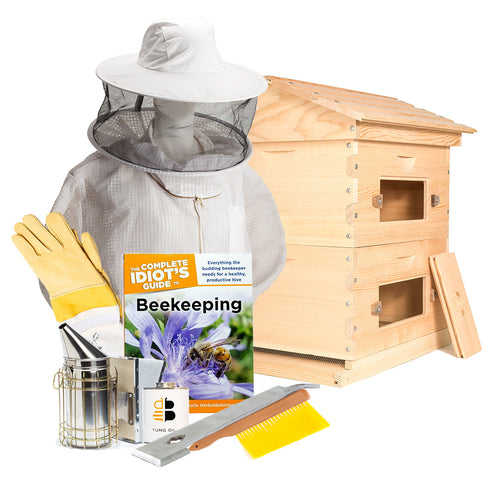
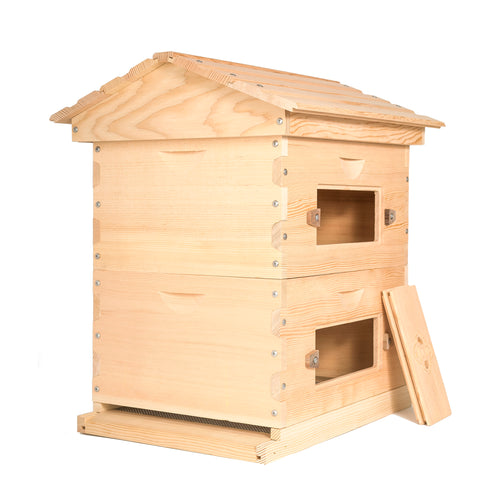

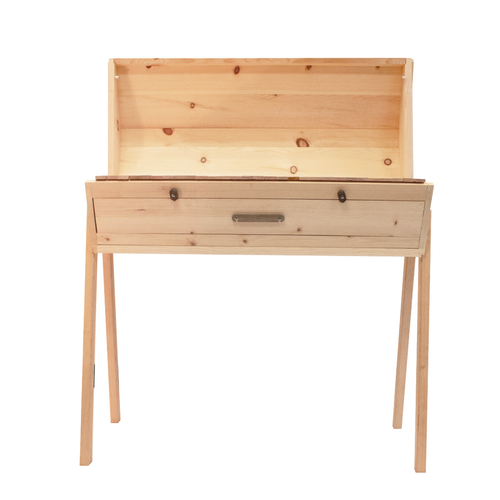
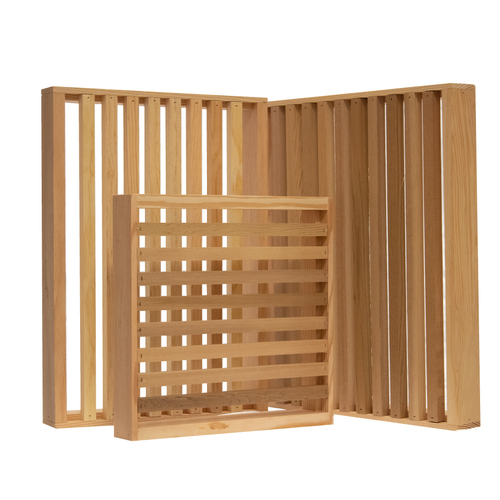
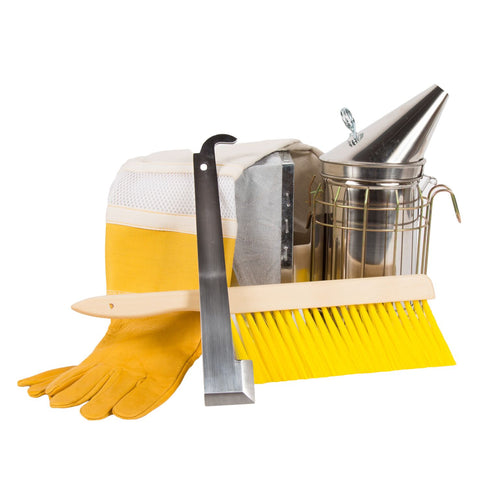
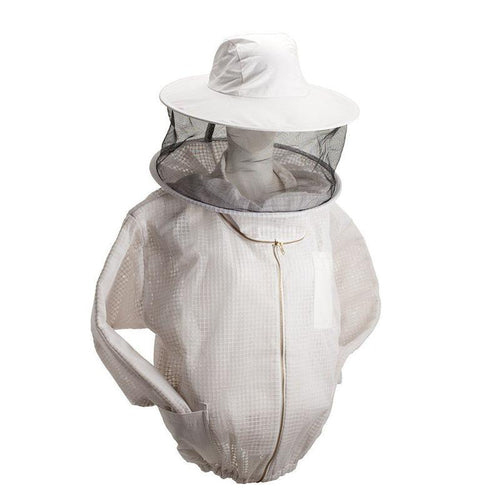
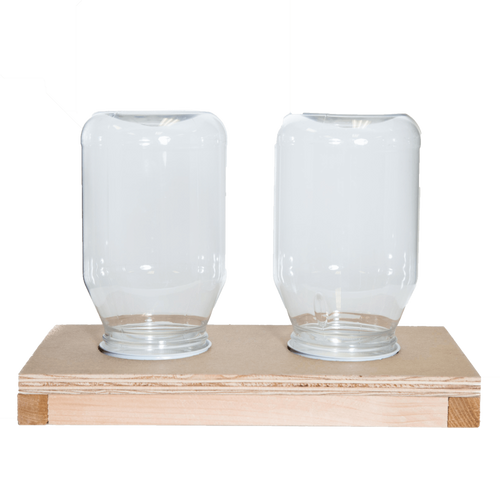

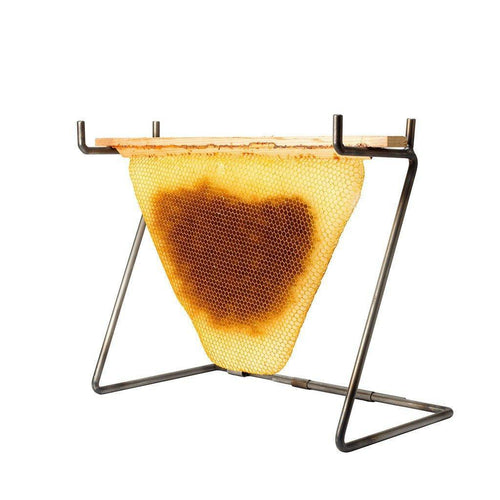
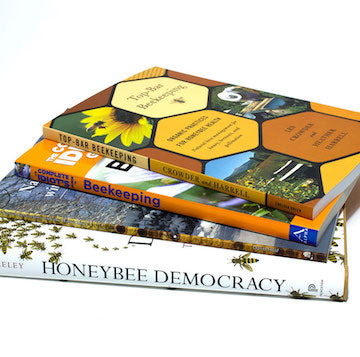
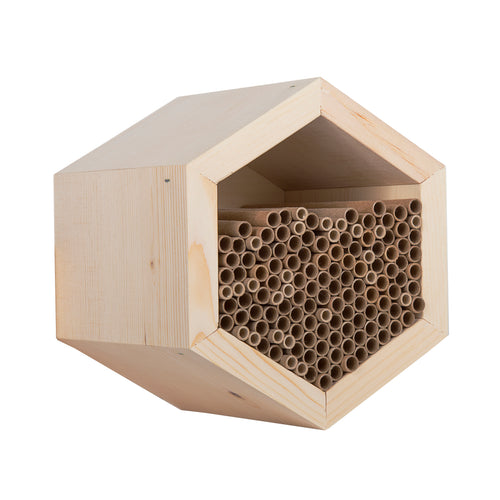
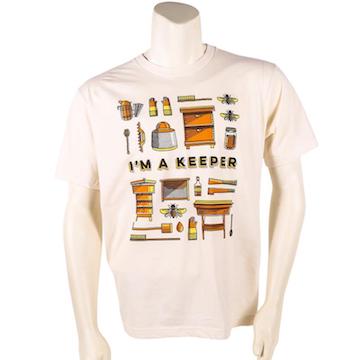

lydia
August 30, 2018
pollination Week!!